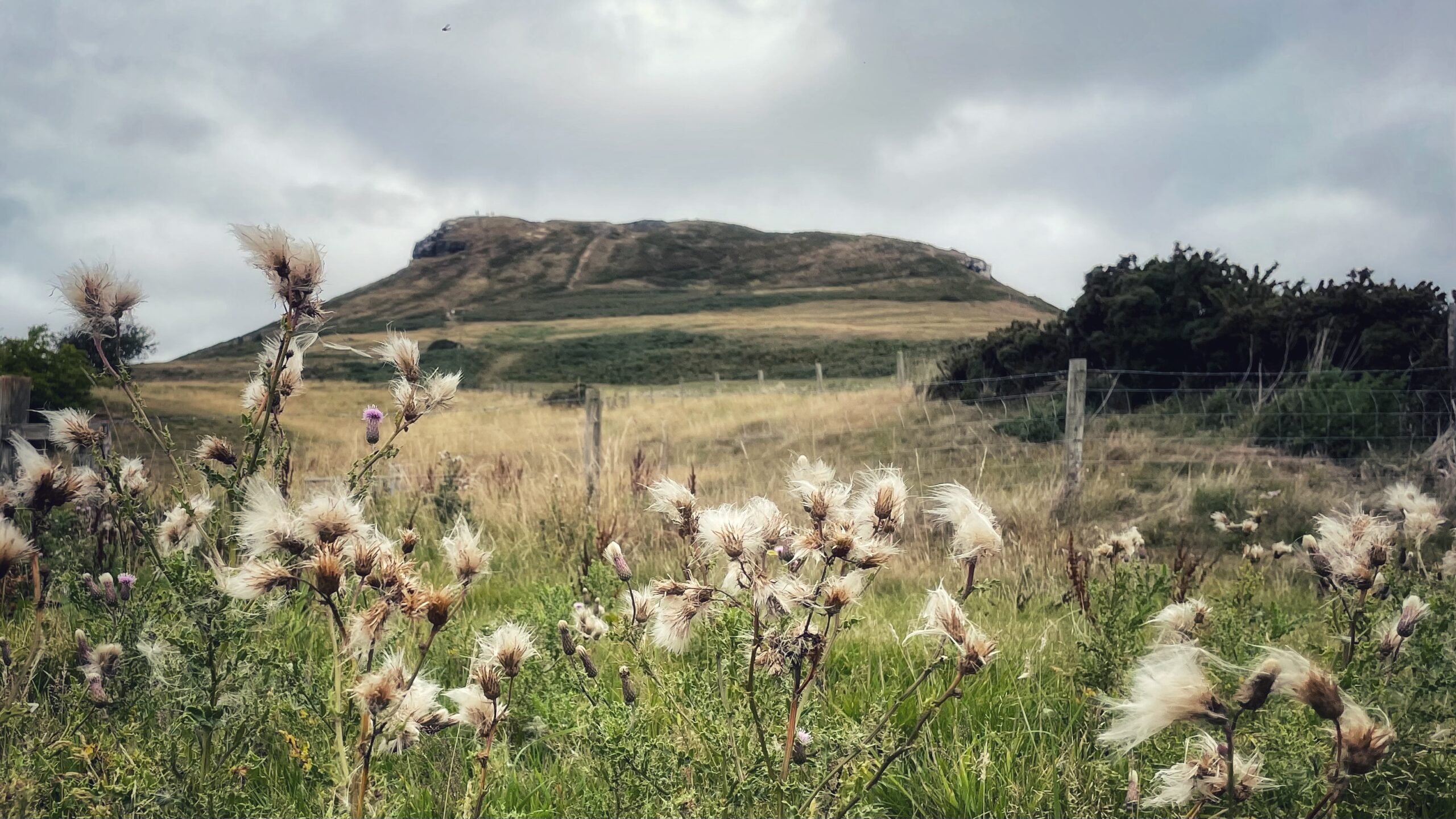The hedgerows are heavy with the spoils of summer. Blackberries shine darkly in the shade, crab apples blush among the leaves, and Rowan berries hang in bright clusters. Rosebay Willowherb releases its silky seeds to the wind, while the thistles too surrender their down, sending it drifting like smoke across the fields.
Thistles are cursed as weeds, but they are more than that. They have fed both people and imagination: young shoots stripped and eaten raw, flower hearts boiled like tiny artichokes, their seedheads named Fairies, Sugar stealers, Milky Dashels, Donkey’s breakfast1Mabey, Richard. “Flora Britannica”. Reed International Books Ltd. 1996.. Yet farmers see only the nuisance. Cattle and sheep will not touch them, and thick stands of spiny stems close off the pasture.
In English Pastoral, James Rebanks recalls how thistles were once fought by hand, a family affair. His grandfather scythed them in great sweeps, pausing to breathe, steel flashing, thorns clinging to his shirt as birds snatched insects from the air. His father meanwhile cut with the tractor on the easier fields, blades humming until stone struck iron. Young James, still at school, himself stumbled with a sickle, blisters burning, sweat mixing with drifting down.
It was endless work. The fields might be cleared for a season, but the creeping roots lay waiting, ready to rise again. However much was cut, the thistles always returned.
- 1Mabey, Richard. “Flora Britannica”. Reed International Books Ltd. 1996.

Leave a Reply